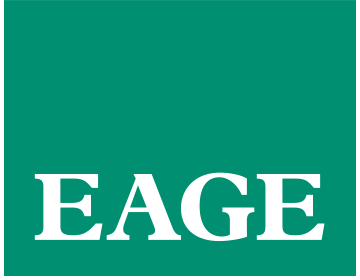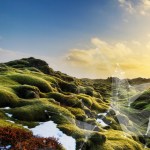Restore our Earth – this year’s Earth Day theme resonates well within the EAGE community. After all, our community plays a key role solving challenges related to energy need, society and environment.
To highlight these efforts, we’re showcasing a several recent examples of research published. Members can access the extended abstracts through EarthDoc.
‘Quantitative analysis of a footwall‐scarp degradation complex and syn‐rift stratigraphic architecture, Exmouth Plateau, NW Shelf, offshore Australia’ by Bonita J. Barrett (University of Leeds) et al. was recently awarded the Basin Resaearch Young Professional Award. An interview with Barrett will be available in the upcoming release of First Break.
The further development of earth science and machine learning seem every more closely interlinked. In March, Ian Jones (Ion) published ‘Tutorial: a geophysical perspective on machine learning‘ on this in First Break March.
Highlighted in Staying Connected 58, “EPOS-NL is the Dutch solid Earth science infrastructure for research on georesources and geohazards” by R. Pijnenburg, (Utrecht University) et al is a recent contribution presented at the EAGE GeoTech 2021 conference. It describes how EPOS-NL (European Plate Observing System – Netherlands) contributes to research on solid Earth sciences through a multi-physics and multi-scale approach.
These three contributions make up only a small part of the material published recently. Make sure to keep exploring with EarthDoc.
Happy Earth Day!






